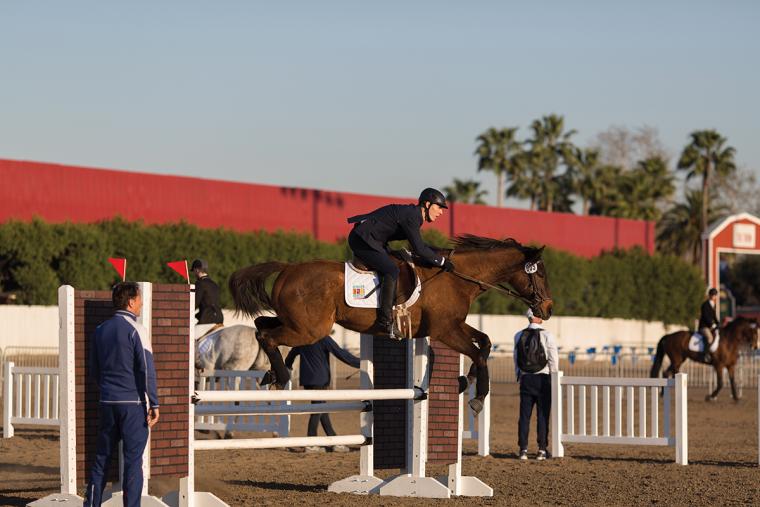
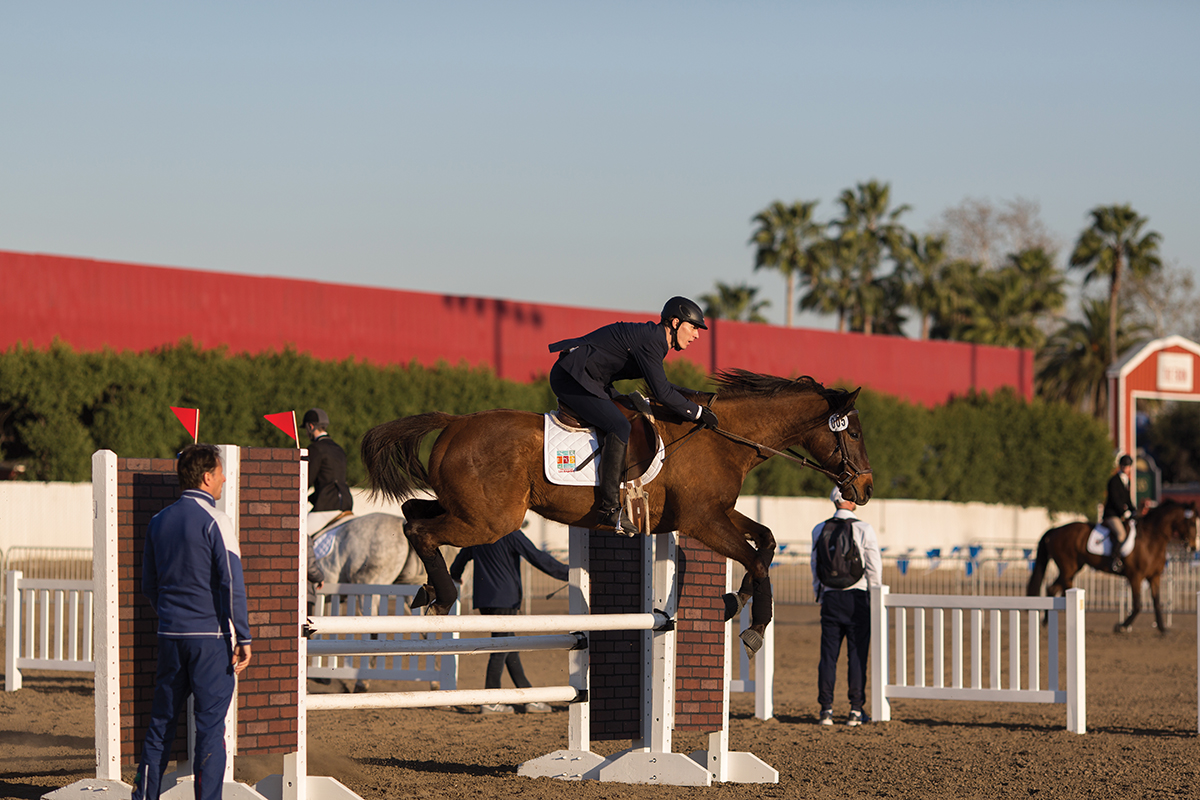
Essentially, the intent is to break down barriers between the sports’ grassroots and elite levels to make equestrian more accessible. The campaign also captures the overall lifestyle, community experiences, horse-and-rider bonds and lifelong connections developed through horse sports.
So far, so good.
US Equestrian now boasts more than 100,000 members, and that number continues to increase, thanks to the campaign and a major rebrand that embraces increased access to participation and even offers horse sport enthusiasts a non-competition membership.
“One of the glorious attributes of equestrian sport is the large variety and choice of competition or activity that celebrates the horse,” says Will Connell, director of sports for USEF. “Equestrian sport exists and flourishes in both indoor and outdoor venues. They can be held in the middle of the largest cities … or away from suburbia in a wonderful rolling countryside.”
Meanwhile, equestrian remains a contender on the NCAA’s list of Emerging Sports for Women, and the National Collegiate Equestrian Association in recent years has provided the foundation with a stronger support base for the sport in an attempt to make it even more viable within the collegiate setting. Women riders from at least 22 colleges and universities now compete in varsity equestrian programs overseen by the NCEA.
“Our initial efforts to reorganize our resources and implement a sound strategic plan for growth and expansion [have] been recognized by the NCAA,” says NCEA executive director Dr. Leah Fiorentino in a statement on the NCEA website. “We are encouraged by the support we’ve received from the NCAA leadership, as well as our colleagues involved with the other Olympic sports.”
In other news, the Interscholastic Equestrian Association recently reorganized the structure of its Western discipline (a style of competition that includes trail and reining elements) to encompass the entire United States and provide more opportunities and balanced competition for young riders.
With no shortage of equestrian events, operators of equestrian venues — many in communities with rich horse histories — acknowledge the increasing need for quality venues, and the USEF is ready to help.
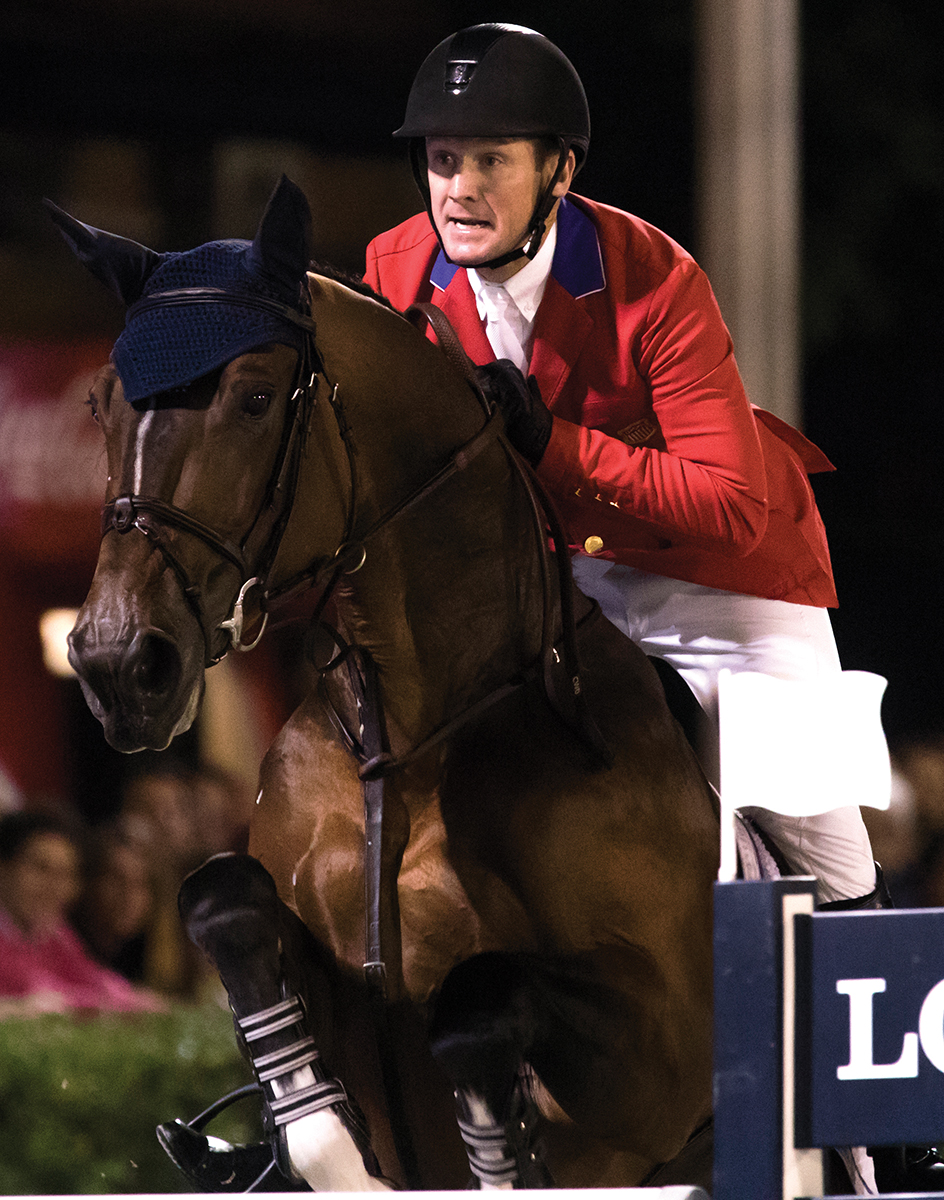
At the same time, at least a handful of equestrian facilities are helping expand the sport’s reputation both at home and abroad. What follows is a look at some of those venues.
2018 World Equestrian Games Come to America
Any overview of equestrian destinations in the United States must begin with the Tryon International Equestrian Center at Tryon Resort in Mill Spring, North Carolina, which will host the 2018 FEI World Equestrian Games™ over 13 days next September. Held every four years in the middle of the Olympic cycle, the games focus on the International Federation for Equestrian Sports’ eight competitive disciplines: jumping, dressage and para-equestrian dressage, eventing, driving, endurance, vaulting and reining.
Originally scheduled to take place in Bromont, Quebec, Canada, the Games were relocated to northwestern North Carolina in 2016 after Bromont’s organizing team ran into financial difficulties. The move, determined by FEI leadership, gave Tryon officials considerably less time to prepare than other host venues, but facility operators jumped at the opportunity.
“Our organizing team has a lot of experience pulling off large-scale events, and FEI knows we have the ability to pull together events on a short timeline,” says Carly Weilminster, Tryon’s national press officer for the Games. “This event has the potential to be the largest sporting event — with the largest economic impact — in North Carolina history. It already has put the region on the global map. Mill Spring could become one of the hubs of the equestrian world.”
The Games are expected to provide a $400 million economic impact and bring in 500,000 spectators over two weeks. Mill Creek will be only the second U.S. city to host the World Equestrian Games since the inaugural event in 1990 in Sweden. When the Kentucky Horse Park in Lexington, Kentucky, hosted the Games in 2010, 800 athletes and their horses represented 57 countries.
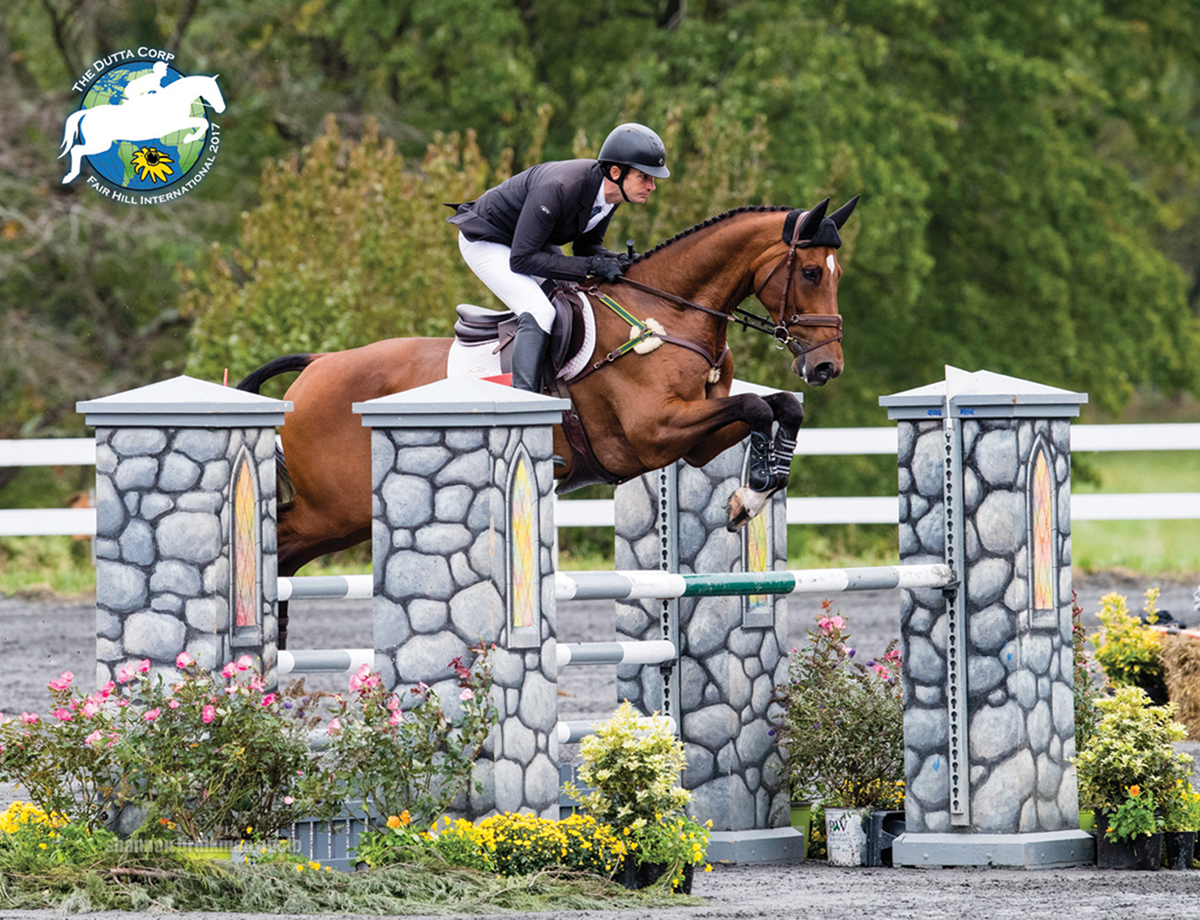
All told, the Tryon International Equestrian Center hosts more than 40 weeks of international and national equestrian competition throughout the year. One of the past year’s highlights was the American Eventing Championships, a United States Eventing Association event held in late August and early September that attracted 750 entries.
According to Weilminster, the best is yet to come. “We will see more national championships here after the World Equestrian Games,” she says.
Strengthening Maryland’s Horse Heritage
Another state banking on its horse heritage is Maryland. The development of the Maryland Horse Industry Board four years ago as a program of the state’s Department of Agriculture has boosted Maryland’s status as a horse Mecca. And don’t forget that the state has hosted the Preakness Stakes in Baltimore dating back to the 17th Century.
“The equine industry is a $1 billion a year industry in Maryland,” says Terry Hasseltine, executive director of Maryland Sports, adding that a 2016 study helped horse officials in the state identify needs and set goals for hosting events. “That study was a way of creating a unified culture in the equestrian industry in Maryland.”
In July, the USEF approved the recommendation to designate Fair Hill International in Elkton, Maryland, an additional United States eventing CCI4* competition venue beginning in 2019. The federation’s board of directors narrowed a list of five applicants to two: Fair Hill and Great Meadow International The Plains, Virginia. A vote by FEI officials was expected in the fall. The economic impact for Maryland of the four-star designation is estimated to be as much as $30 million per year.
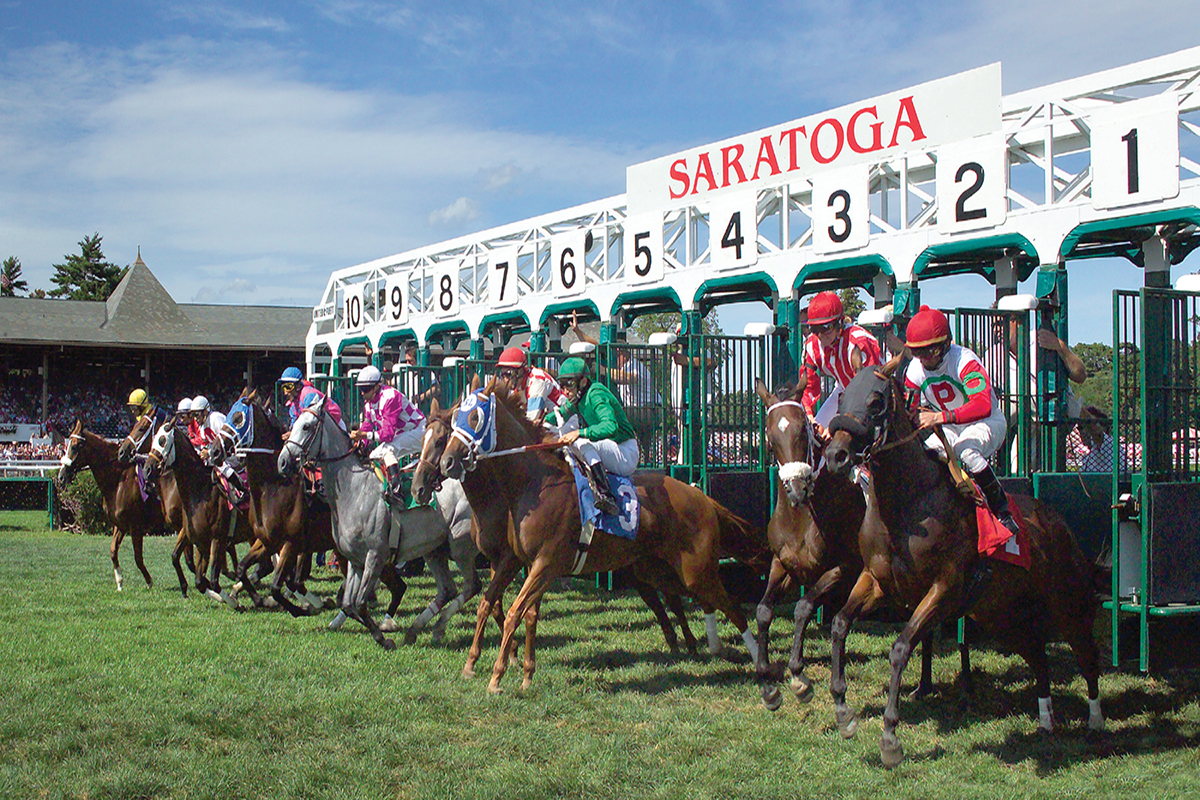
The site now is undergoing significant redevelopment that includes a new turf course with irrigation and wider turns, along with a new grandstand that will overlook the track and equestrian rings.
Only six four-star events, which include a more advanced dressage test and higher fences for cross country and stadium jumping, exist in the world, and only one of them takes place in the United States: the Rolex Kentucky in Lexington.
Saratoga Springs, New York: ‘Health History Horses’
Another community with a rich equestrian heritage is Saratoga Springs, New York, a city with the tagline of “Health History Horses.”
“That’s a way of life here and provides the baseline from which we’ve succeeded and grown as a world-class destination,” says Todd Garofano, president of the Saratoga Convention and Tourism Bureau. “As early as 1847, horses, racing and wagering have been a winning combination in Saratoga Springs.”
So much so, in fact, that the city hosted the first-ever Equestricon in August — a horse racing convention, fan festival and trade show — and Garofano says his team is considering larger equestrian festival-type events in the spring and fall, as well as snow polo in the winter.
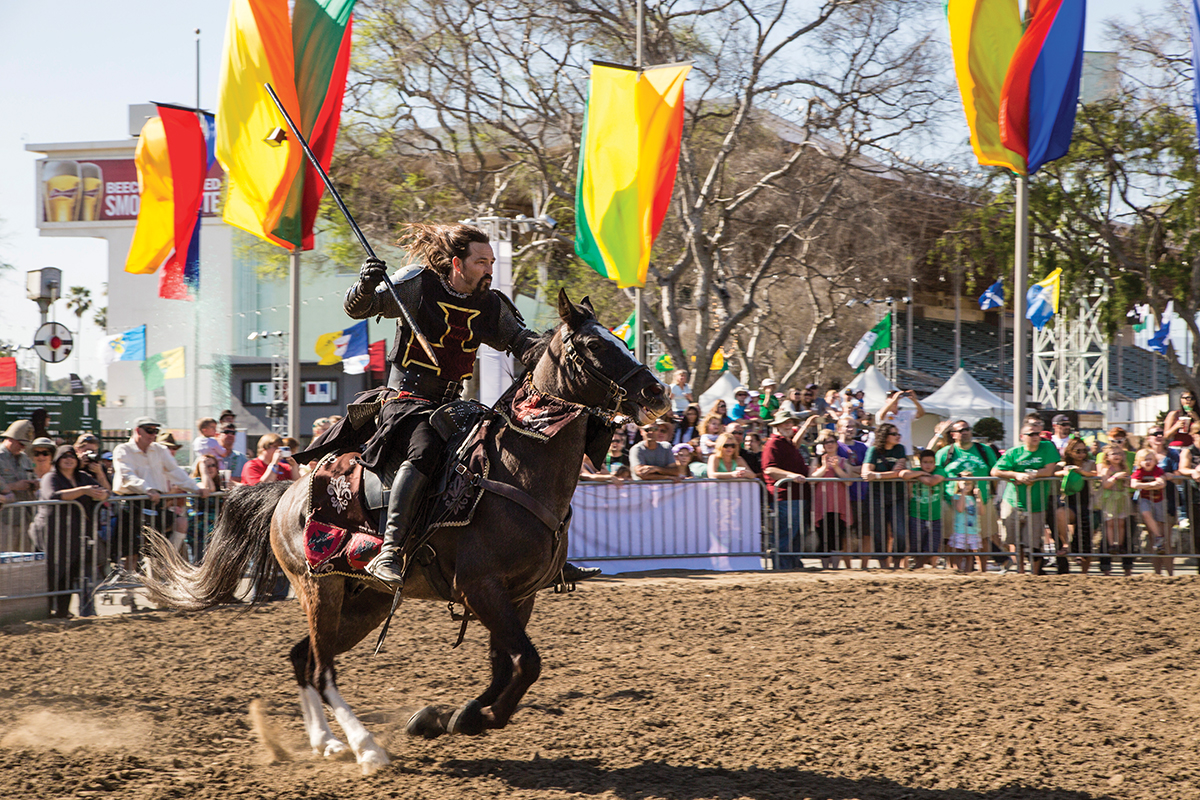
Saratoga Polo also is one of the oldest polo clubs in the United States, dating back to 1898, and the Saratoga Casino Hotel specializes in harness racing. The Skidmore Horse Show and the Saratoga Springs Horse Show each will move to new facilities in 2018, and they raise money for college scholarships and various charities.
Additionally, Saratoga Springs is home to other, less-conventional horse-related businesses that embody the city’s “Health History Horses” motto. They include Old Friends at Cabin Creek, a thoroughbred aftercare facility for retired racehorses, and Saratoga Warhorse, a nonprofit organization that helps veterans suffering post-traumatic stress disorder and other psychological wounds by providing equine-assisted experiences.
Ride Cowboys, Ride: Rodeo Growing at All Levels, In All Cities
Coast-to-Coast Opportunities
Once upon a time, Fairplex, the 500-acre home of the Los Angeles County Fair and more than 500 year-round events in Pomona, California, was the first horse racing facility in Southern California to allow betting, way back in 1933. Although the venue stopped hosting horse racing in 2014, Fairplex remains true to its horse roots, according to Melissa DeMonaco, the facility’s director of sales.
The site’s largest equine event is California’s Western States Horse Expo, which is billed as “a must-attend event for any horse owner” and is considered among the best horse expositions in the United States. The three-day event features training and education, equine vendors and the Ultimate Super Horse Challenge, a competition consisting of five different events highlighting the communication and relationship between horse and rider.
“It’s a pretty neat event,” DeMonaco says. “I wish we had three more of them. 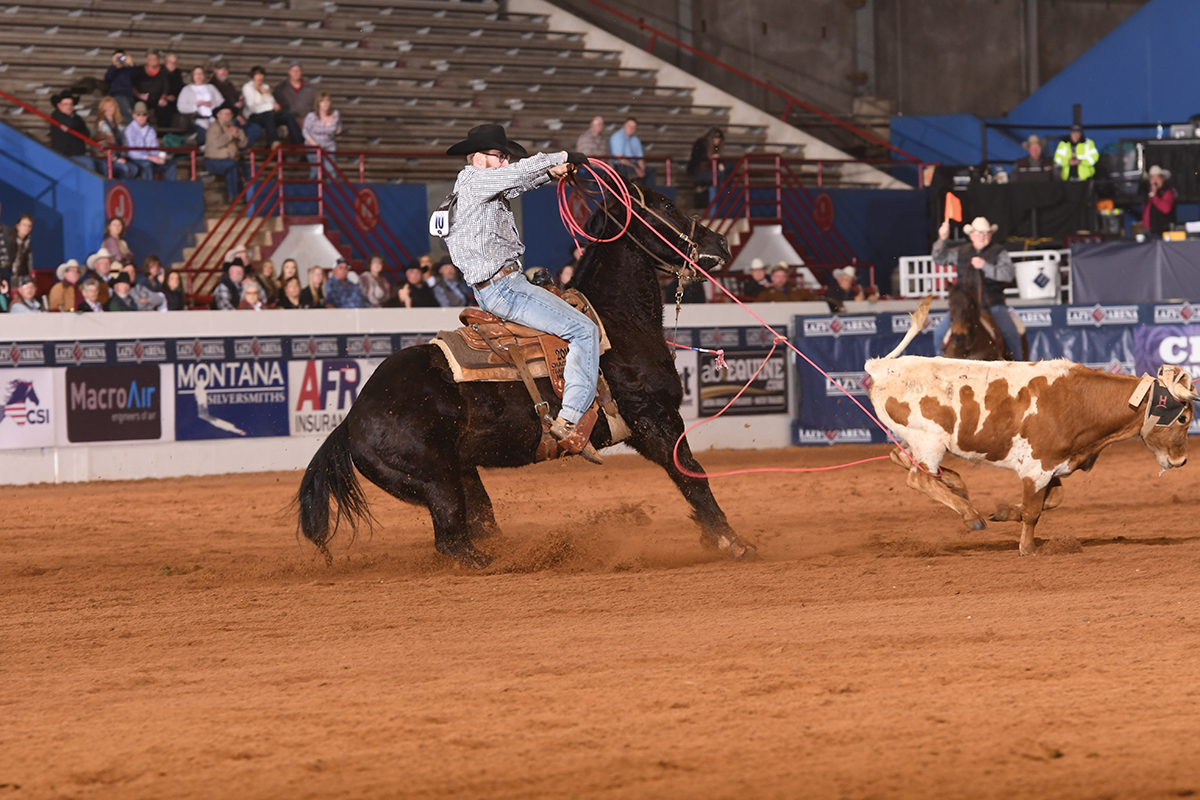
Another community with a long horse history is Chester County, Pennsylvania, where tourism officials refer to their longest season as “equestrian season.”
“Since the late 1800s, Chester County has been at the epicenter of equestrian events and training,” says Travis Geiser, sports and events sales manager for the Chester County Conference and Visitors Bureau. “This is where it all started.”
Indeed, the Devon Horse Show is the oldest and largest outdoor multi-breed competition in the United States, and it is internationally recognized and USEF-rated 6* Jumpers/Premier Hunters. Plantation Field in Unionville, meanwhile, hosts the annual International Horse Trials, which include a charitable component. In 2017, event officials named the Retired Racehorse Project as the event’s beneficiary.
Another event that raises money for various charities is The Willowdale Steeplechase in Kennett Square, which celebrated its 25th anniversary this year. It’s also the only course of its kind in the United States to feature a water jump, and venue officials encourage a “tailgate party” atmosphere, Geiser says.
The county also offers the Ludwig’s Corner Horse Show and Country Fair in Glenmoore (a long-running Labor Day weekend tradition highlighted by hunters and jumpers competitions) and the Brandywine Polo Club (which sponsors weekly matches).
“This community is very tight-knit with a lot of pride, which is fantastic,” Geiser says. “We work closely with organizations to get the pulse of what’s going on in the equestrian industry and determine which events we should bring here.”
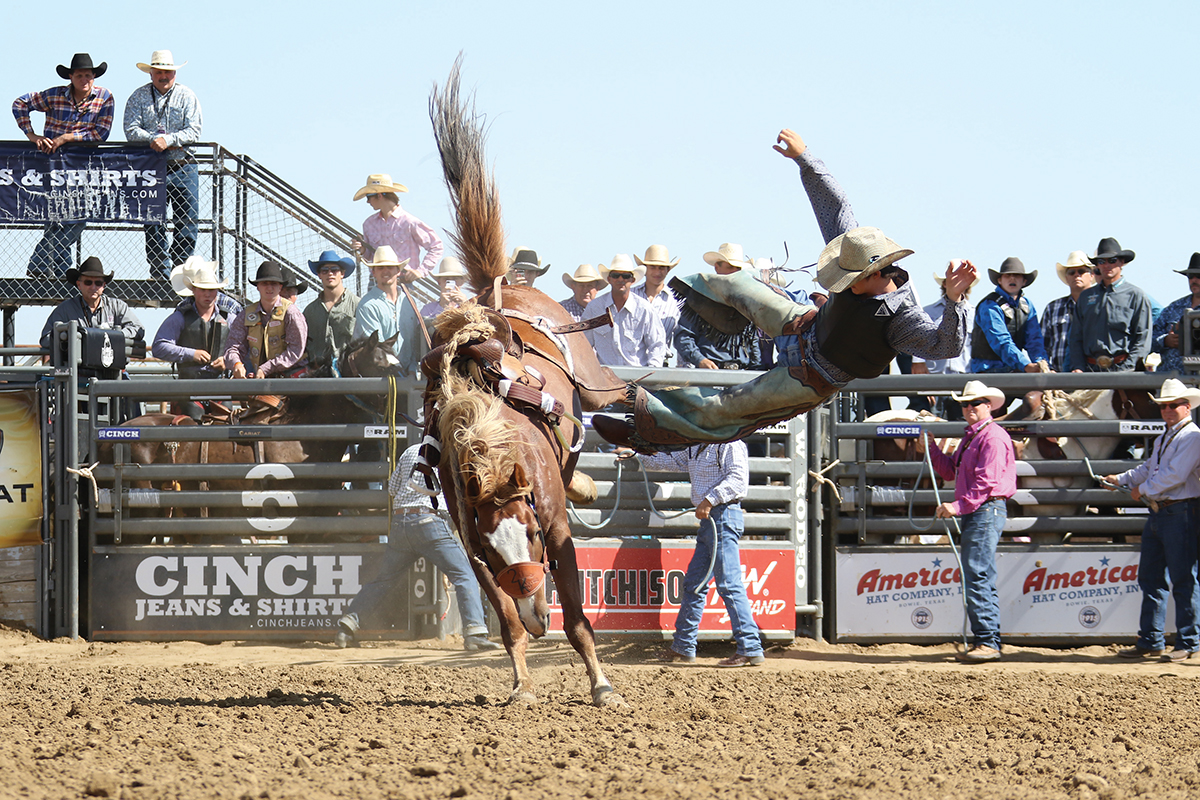
Membership in the National Little Britches Rodeo Association is up following the relocation of its National Finals to the Lazy E Arena in Guthrie in 2016. The National High School Rodeo Association this year celebrated 60 years of providing competitions for high school and, since 2004, junior high students. The National Intercollegiate Rodeo Association enjoys increased national television exposure, especially on ESPN networks, and the Professional Rodeo Cowboys Association sanctioned 618 rodeos in 2016. That’s the second-highest total in a decade.
PRCA membership hit an all-time high in 1999 with more than 7,400, and while it has declined at a rate of about one percent per year over the past eight years, the PRCA is still fiscally stronger than it’s ever been, according to Justin Shaw, the association’s media director, who adds that payouts and attendance broke new records at many PRCA rodeos in 2016 and 2017.
“Recently, for the first time in U.S. history, studies showed more Americans living in cities than in rural areas,” Shaw says. “As more families leave the country for the city, less cowboys and cowgirls emerge. However, the youth rodeo programs that the PRCA sponsors with — including the National High School Rodeo Association and the National Little Britches Rodeo — have created strong pipelines that have replenished rodeo with plenty of exciting young talent in the past two decades.”
And that talent needs venues in which to compete. Enter several facilities that offer a variety of rodeo opportunities.
“One exciting facet of PRCA rodeos is that they take place in arenas that are all shapes and sizes,” Shaw says. “Unlike other professional sports, no two rodeo arenas are exactly the same. [Some] rodeos are held in gigantic outdoor arenas with a ton of room for the timed-event animals to run, which makes for a much different competition than indoor arenas. Conversely, we also have some of our largest rodeos taking place in indoor arenas. These are all short, fast setups that test a roper’s reflexes and skills in a tight amount of space.”
What follows is a rundown of four destinations that actively promote rodeo and other horse events — and are looking for even more hosting opportunities.
Guthrie, Oklahoma
Since the NLBR Finals moved to the Lazy E Arena last year — bringing more than 1,200 competitors between the ages of five and 18 to “the largest indoor rodeo arena in the world” — the organization’s membership has increased.
“People join NLRB with the hope of competing at our facility,” says Dan Wall, vice president of the Lazy E, which added more temporary restrooms, food trucks, and maintenance and cleaning crews for the 2017 event.
The 900-acre Lazy E site boasts an arena with seating for more than 7,200 spectators, plus 584 permanent 10-by-10-foot stalls, almost 450 RV spots, 10 acres of paved and lighted parking and 20 acres of rolling terrain for outdoor events.
In addition to the five-year agreement with NLBR, the Lazy E hosts other rodeos — most notably the Cinch Timed Event Championship of the World and, new in 2017, the International Miniature Bullriders Association World Finals, which adheres to the venue’s mission statement of promoting the sport at the youth level.
“It’s a relatively young association, but it has a tremendous following and the potential to keep growing,” Wall says of the IMBA, adding that the Lazy E also produces its own events and is looking to partner with other organizations. “We’re always looking for fresh talent.”
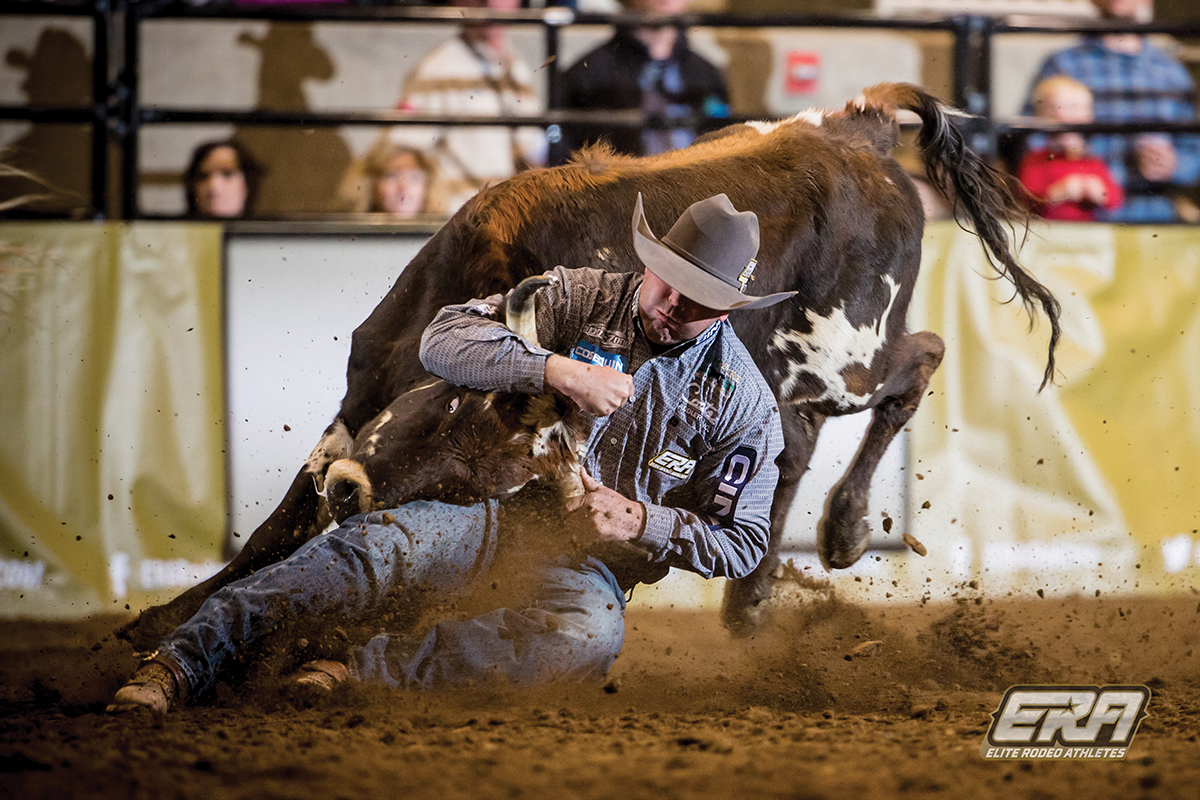
The Deschutes County Fair Rodeo — a perpetual Northwest Professional Rodeo Association’s “Regional Rodeo of the Year” — is approaching its 100-year anniversary in 2019. You don’t survive in the rodeo business by accident.
“We’ve made some pretty darn good business moves over the years,” says Dan Despotopulos, director of the Deschutes County Fairgrounds and Expo Center, which hosts several rodeos every year. “It’s all ranchland and farms out here. All over the state of Oregon, there are major rodeos happening. The sport is still alive, and we’re going to keep supporting it.”
The 132-acre publicly owned site opened in 1999 and is home to Oregon’s largest annual county fair and features nearly 200,000 square feet of flexible indoor space, a 95,000-square-foot barn complex, 400 horse stalls, three arenas and more than 75 acres of lawns. As a result, the complex can host everything from rodeo and equestrian events to wrestling and basketball tournaments. Additionally, facility officials keep 3,000 cubic yards of dirt onsite.
An RV park with 106 sites and parking for 8,000 motor homes encourages extended-stay events, and facility officials recently conducted a feasibility study for further expansion via a 140-acre indoor/outdoor sports complex. Despotopulos expected to have more details about the expansion in November but did reveal one intriguing nugget: “I can definitely tell you we’ll have a new equine facility.”
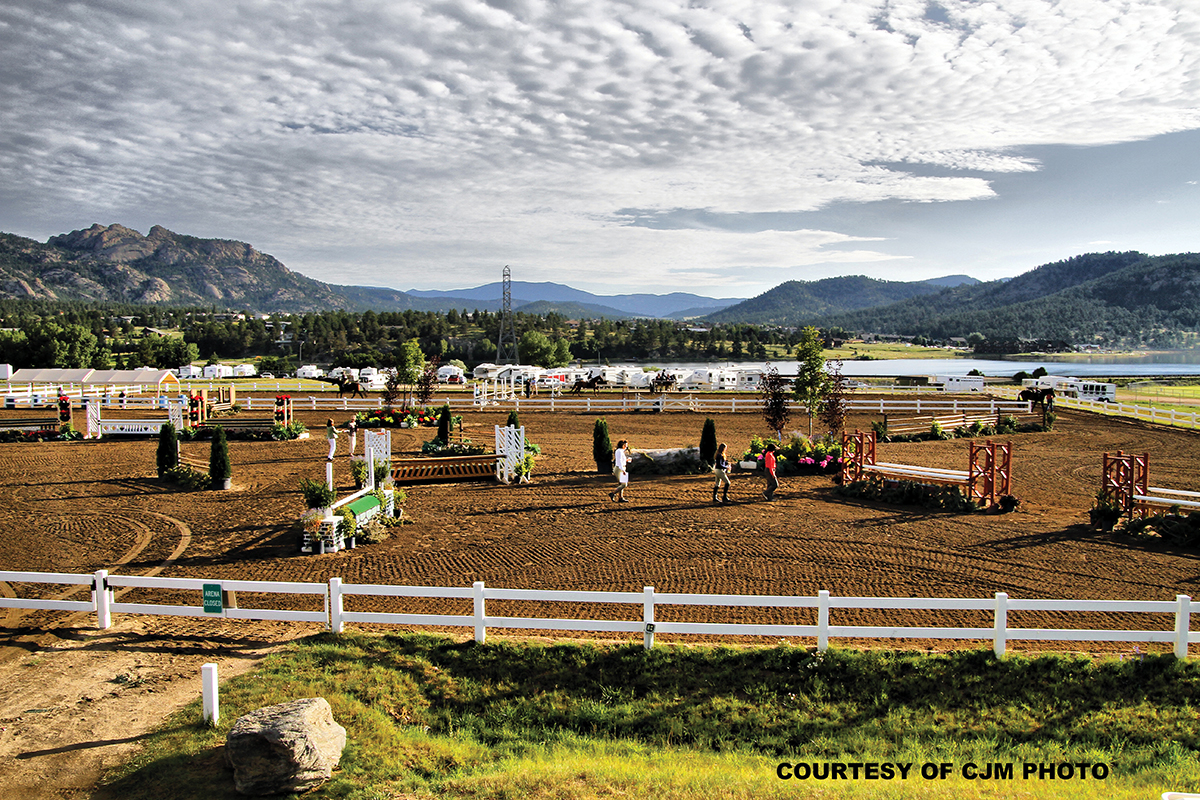
Home of the Rooftop Rodeo, a six-day PRCA-sanctioned event often recognized as the best small rodeo in the nation and named the top summer rodeo in Colorado by Real American Cowboy magazine, the 42-acre Estes Park Events Complex offers several flexible spaces. They include a 25,000-square-foot event center, an adjacent indoor/outdoor pavilion and a full-service conference center.
“A long time ago, Estes Park was considered a horse capital of the world,” says Rob Hinkle, community services director for the Town of Estes Park, which also serves as the headquarters for Rocky Mountain National Park. “There’s always been a lot of rodeo activity in this area.”
Every rodeo held at the Estes Park Events Complex — including the Estes Park Senior Rodeo for competitors age 50 and older — exposes the sport to new fans, Hinkle adds. “What makes us special is that the area has a lot of tourists, and it’s often the first rodeo they’ve ever attended,” he says. “We’re a vacation destination, and we’re always looking for new events.”

With two distinct rodeo venues, Campbell County lives up to Wyoming’s reputation as the “Cowboy State.”
CAM-PLEX is a multi-event site that spans more than 1,000 acres and includes rodeo grounds with almost 1,600 horse stalls, three arenas, five campgrounds, a convention center and more. It has hosted the National High School Finals Rodeo and hopes to welcome the National Junior High Finals Rodeo in 2024 and 2025. The site also hosts the popular New Year’s Eve Buck & Ball, an indoor rodeo that concludes with a dance.
“No building here is off limits to horses and agriculture,” says Greg Rook, operations manager of CAM-PLEX. “I’ll put dirt in anything.”
The Southern Campbell County Agriculture Complex, meanwhile, offers a 65,000-square-foot indoor arena and a slightly larger outdoor arena designed for rodeos, barrel racing, calf roping and other events. Officials there are developing a series of monthly three-day rodeos with the Wyoming Rodeo Association.
Neither CAM-PLEX nor the Southern Campbell County Agriculture Complex compete with one another for events, according to Lyle Murdock, manager of the latter facility, which also hosts everything from outdoor films to swap meets. “This has been a labor of love for about 15 years, in partnership with county commissioners and local ranchers,” he says. “This facility was designed to handle equine, but we want it to be for everyone in the county.”
With such fine destinations looking to host more rodeos, it’s time for organizers to giddy-up and book some. As Rook says, “Everybody loves to watch somebody get bucked off a bull.” SDM

